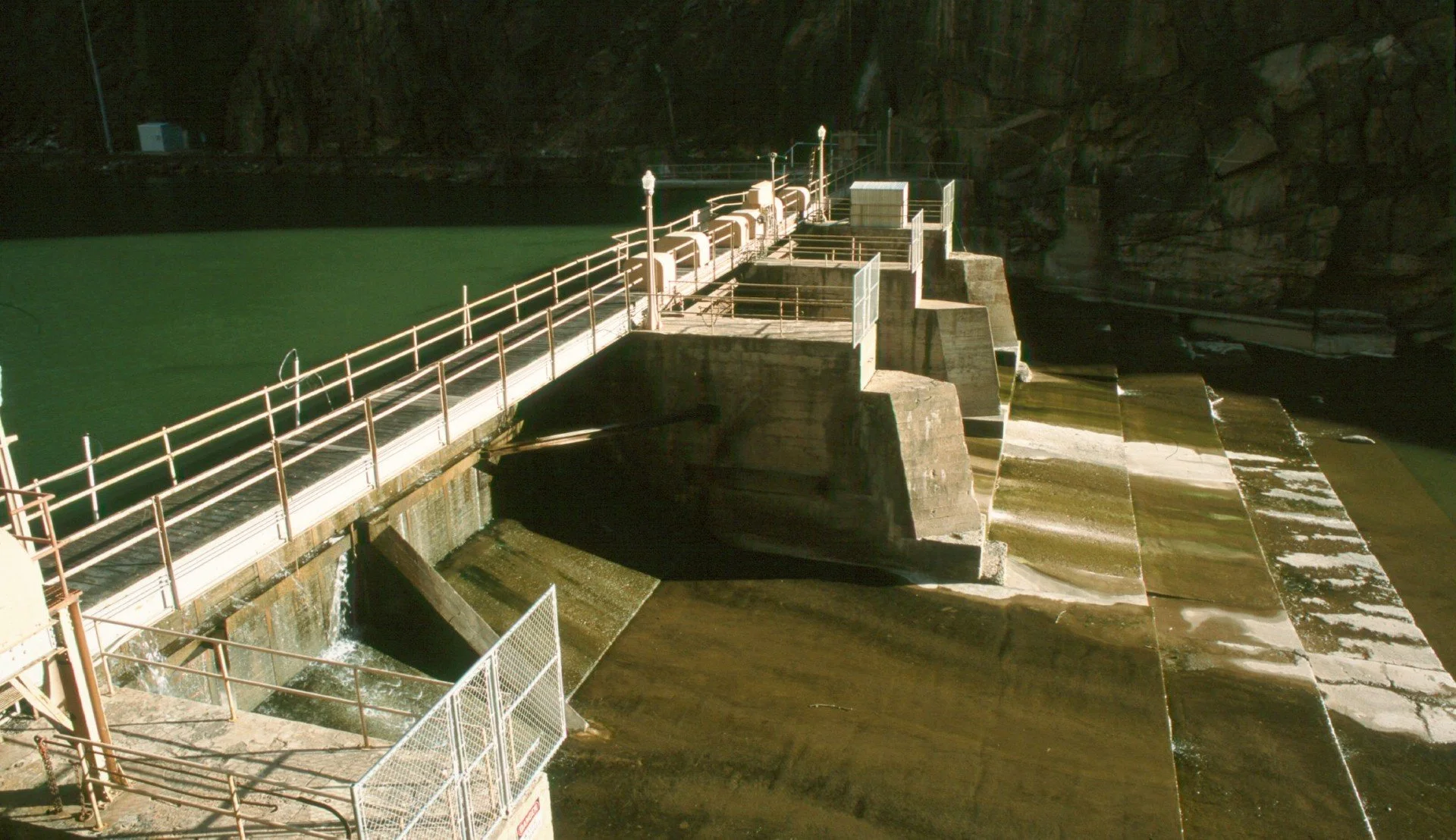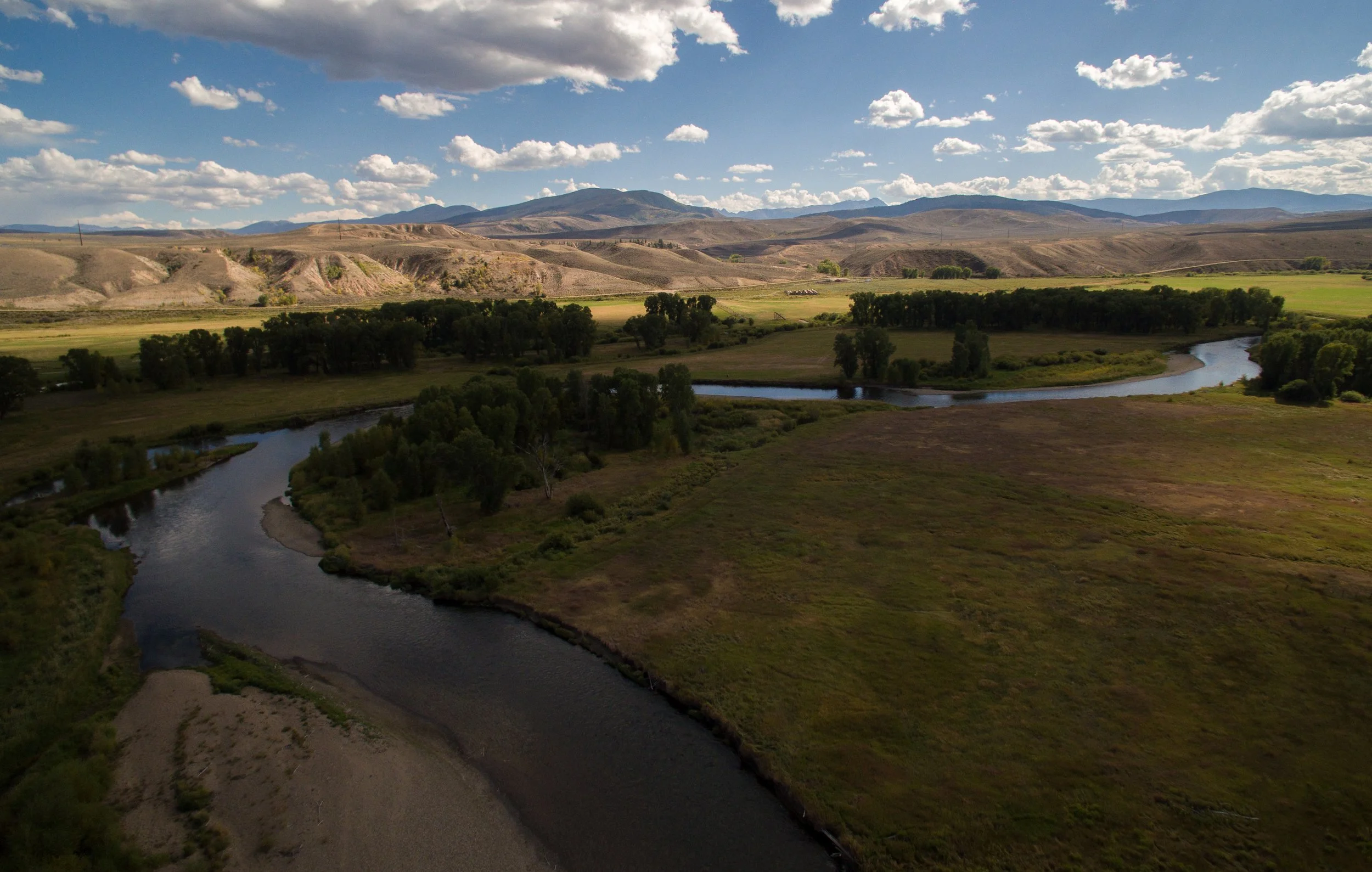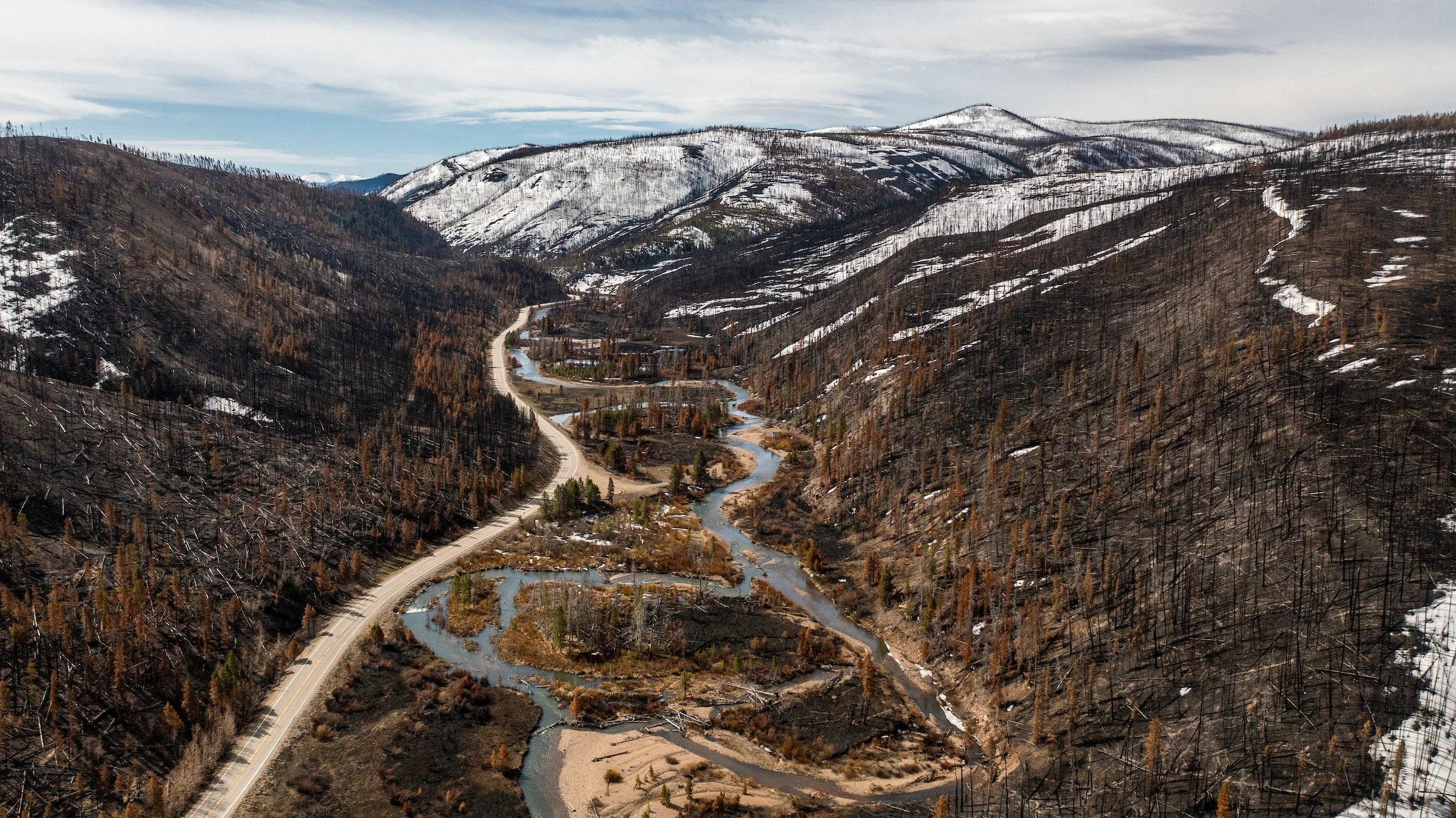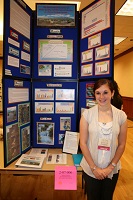Trout Unlimited today announced the hiring of Kevin Terry as project manager for the Rio Grande basin in southern Colorado. Terry will develop projects that preserve and improve trout habitat on the Rio Grande River and its tributaries.
Terry will work closely with agency staff, water users, and private land owners, and he will seek projects that benefit both stream habitat and agricultural operations. Projects may include removal of fish barriers, instream and riparian habitat restoration, irrigation infrastructure upgrades, or stream flow improvements. All projects will be cooperative and undertaken with support from the community and local landowners.
“The Rio Grande River is an important resource that serves many needs, from recreation to agriculture,” said Drew Peternell, director of TU’s Colorado Water Project. “With this position, TU is making a commitment to do collaborative conservation work to promote the health of the Rio Grande and its tributaries.”
Prior to joining TU, Terry worked as a fish biologist for the Jicarilla Apache Tribe Fish and Game Department, where he managed the recreational fishing program and oversaw habitat restoration and conservation projects. He has worked extensively with private landowners and irrigators.
“Kevin Terry understands the Rio Grande basin and the communities there, and he’s passionate about working with landowners to improve habitat,” said Peternell. “Kevin brings a wealth of fisheries experience and practical problem-solving skills to his new position.”
The Rio Grande is one of the largest river systems in Colorado. In recent years, Trout Unlimited, a grassroots sportsmen’s conservation organization, has expanded its river restoration work in several river basins within Colorado, including the Yampa, Gunnison and Dolores basins. TU has completed scores of successful restoration projects with ranchers and landowners across the West.
“I grew up on the Rio Grande, and I’m excited about the opportunity to do restoration work on my home waters,” said Terry. “I look forward to working with landowners and local partners to protect and enhance this incredible resource that we all depend on.”
For more information, contact Kevin Terry at (970) 799-7682, kterry@tu.org.

